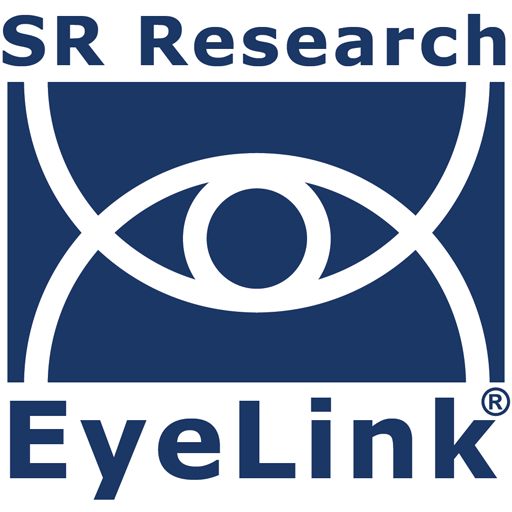Case Study: The Role of Eye Tracking in Understanding Superior Face Identity Processing

The ability to recognize faces varies significantly among individuals, ranging from those with prosopagnosia, who struggle with familiar faces, to “super-recognizers” who exhibit extraordinary recognition skills. Understanding the cognitive and perceptual processes that underpin these differences is crucial, particularly in fields like forensics and security. In their recent research paper “Information sampling differences supporting superior face identity processing ability,” Dunn, Miellet, and White (2024) examined the eye-movement patterns of super-recognisers and forensic facial examiners compared to typical viewers.
They aimed to determine if superior face recognition is primarily due to holistic processing (processing faces as a whole) or if feature-based processing strategies, particularly during the initial encoding of information, play a more critical role.
Gaze-Contingent “Spotlight” Aperture
The researchers employed a novel face matching task which used a gaze-contingent “spotlight” aperture. This innovative methodology restricted visual face information in real time around the participants’ point of fixation. This allowed the authors to isolate and examine how different groups—super-recognizers, forensic facial examiners (highly trained professionals in face comparison), and student controls—sampled information from faces.
Eye tracking technology was absolutely central to this research, and an SR Research EyeLink Portable Duo was used to record gaze data, and provide real-time gaze information. The “spotlight” aperture, a cornerstone of the methodology, relied entirely on real-time eye tracking. Participants’ eye movements dictated what visual information was revealed, allowing researchers to isolate featural processing and understand how individuals extract information under controlled conditions.
Active Exploration of Facial Features is Important for Face Recognition
The study yielded several significant findings:
- Equivalent Featural Processing in Experts: Super-recognizers and forensic examiners demonstrated equivalent face matching accuracy in both spotlight aperture and natural viewing conditions. This suggests that both groups are equally adept at utilizing featural information for face identity processing, even when forced to rely on it.
- Enhanced Information Sampling: Both super-recognizers and forensic examiners sampled more information across the face than the control group. This enhanced visual exploration was further supported by analysis of Gini coefficients, indicating greater dispersal of gaze for these expert groups.
- Encoding Phase Importance: Critically, accuracy was predicted more by information sampled during the encoding phase than during recognition. This suggests that the initial encoding of featural information is a distinct and fundamental aspect of superior face identity processing.
- Differences in Initial Fixations: While super-recognizers and examiners generally showed similar patterns of exploration, subtle differences emerged. Examiners focused significantly less on the eyes during the first three fixations compared to both super-recognizers and controls, likely due to their professional training. Super-recognizers, conversely, acted more like controls during initial fixations before adopting a more exploratory process.
- Limited Role of Holistic Processing: The findings provide strong evidence that differences in face identity processing between super-recognizers and typical viewers emerge from perceptual encoding of face identity, and that holistic perceptual encoding of faces plays a limited role in superior face identity processing ability.
The study by Dunn, Miellet, and White (2024) significantly advances our understanding of superior face identity processing. By demonstrating the critical role of active exploration and feature-based encoding, even in conditions that limit holistic perception, the research challenges traditional views of face expertise. The success of this investigation was fundamentally underpinned by the sophisticated application of eye-tracking technology, which provided the tools necessary to meticulously observe, measure, and analyze the intricate visual strategies employed by individuals with exceptional face recognition abilities. This highlights eye tracking as an indispensable tool for future research into visual perception and cognitive expertise.
For information regarding how eye tracking can help your research, check out our solutions and product pages or contact us. We are happy to help!
